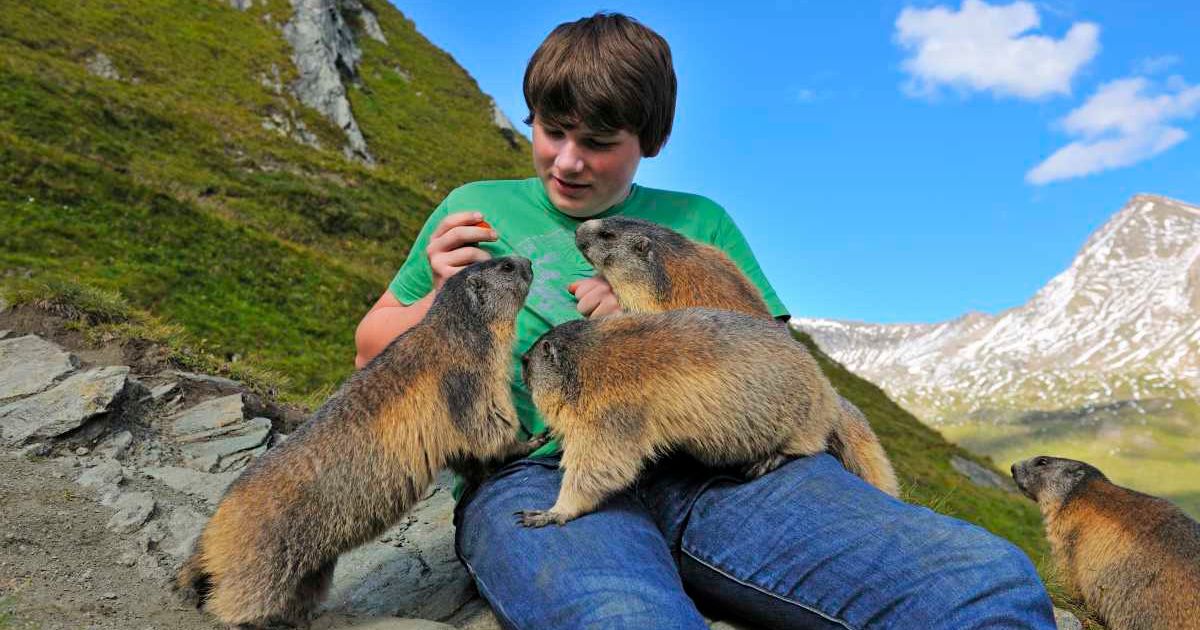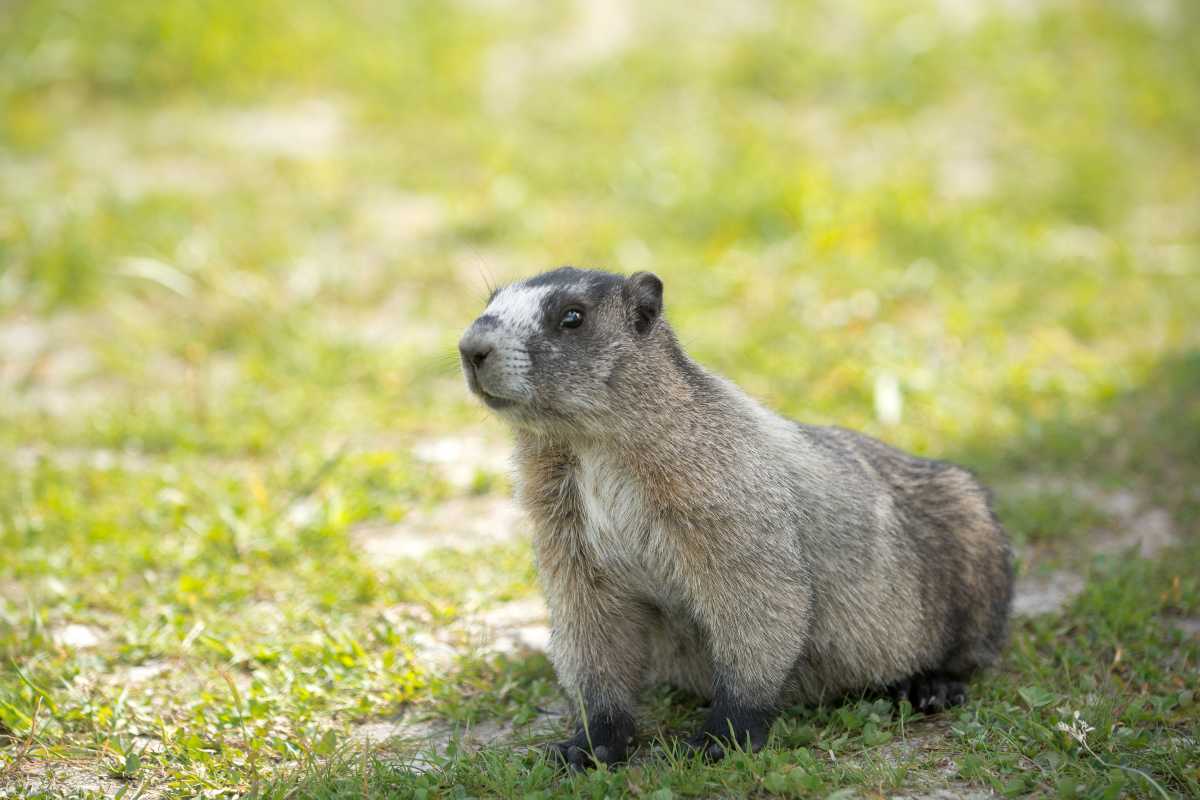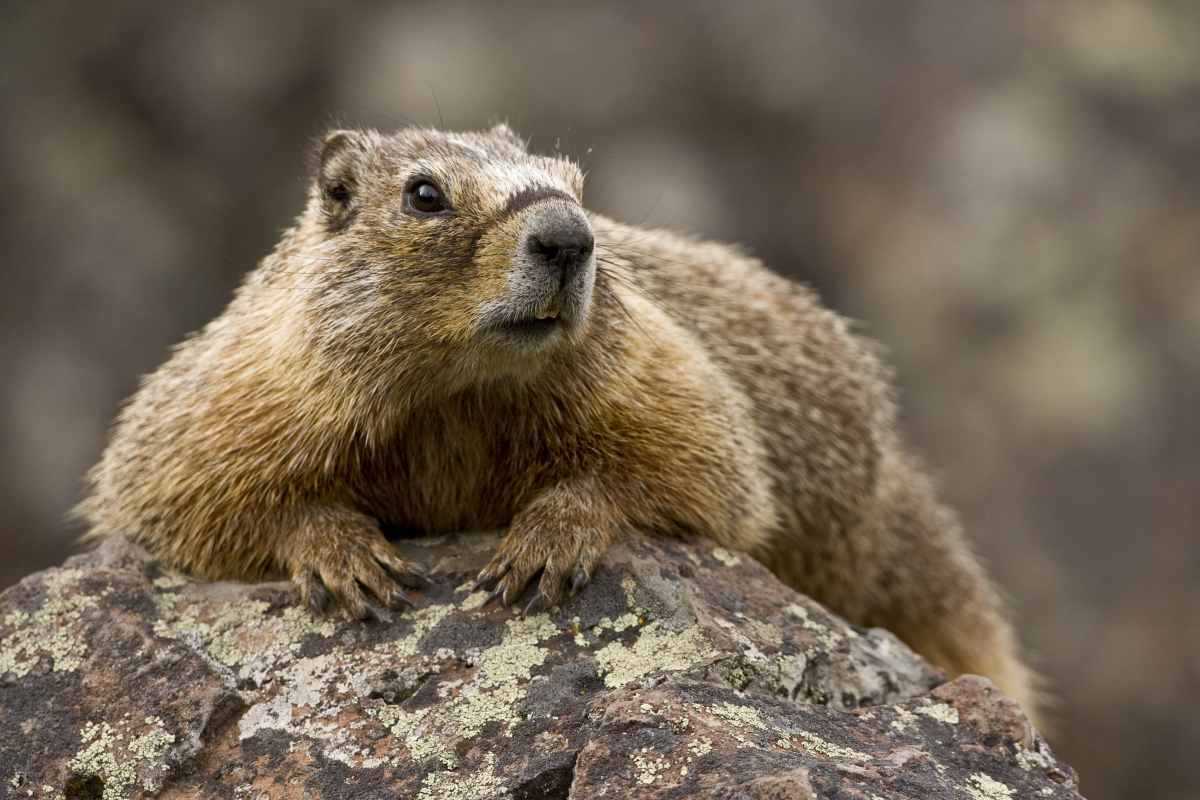Climate Change Is Pushing This Adorable Rodent Species From Olympic National Park to Extinction

Olympic marmot, a beloved species from the Olympic National Park, is heading for extinction, leaving people outraged. The Center for Biological Diversity filed a lawsuit against the Trump administration over the lack of protection for the endangered species. The department believes that the marmot species deserves protection under the Endangered Species Act (ESA). They claim that the inability of the Trump administration to decide the fate of the species pushes it further towards danger.

“These adorable Pacific Northwest marmots need Endangered Species Act protections because not even the mighty Olympic Mountains can shield them from climate change and coyotes,” said Aaron Kunkler with the Center for Biological Diversity. “Protecting Olympic marmots will also make sure the beautiful alpine meadows they call home survive into the future,” Kunkler added. This species of marmot is only found on the Olympic Peninsula in Washington state, making it a rare rodent.

The large ground-dwelling squirrels are one of the major attractions at the Olympic National Park, acting almost like a protector of the park. “The park’s alpine meadows would be empty without their iconic guardians, the Olympic marmots,” said John Bridge, president of Olympic Park Advocates. These squirrels rely on alpine and subalpine meadow ecosystems and can't survive without them. However, the rising heat and atmospheric temperature is posing a risk to this environment. The loss of snow and the increased number of wildfires have also hampered the ecosystem of the Olympic marmots.

They are already one of the smallest populations of marmots, and only 2,000 to 4,000 of them are believed to be alive today. “These fluffy marmots need action now to save them from extinction,” Kunkler said. “We have to move quickly away from dirty fossil fuels if this species and so many other animals are to have any chance at survival. Reintroducing wolves to the park would also help," he added. The declining ecosystem is not the only factor responsible for the endangerment of the Olympic marmots.

The decreased population of wolves and the loss of snow have also exacerbated the decline of the giant squirrels. That's because the combination of these two factors has made the marmots prone to being eaten by coyotes. Because of the changes in the atmosphere, the coyotes are easily able to spot and hunt the marmots at high elevations. What caused the wolf population to reduce? Several eradication campaigns helmed by federal agencies have completely eliminated the wolf population from the Olympic National Park. The coyotes that were once prey to the fierce pack of wolves are now free to hunt down smaller animals in the park and feast on them, making marmots vulnerable.

However, there's still hope! The marmots are endangered but not extinct, and tourism has done no harm to these species. They can be spotted sprawling about or hunting for food at hiking spots within the national park, like Hurricane Ridge. In 2009, the species was added to the state's endemic mammal list. Now, the fight is to get these species protected under the Endangered Species Act. Earlier, the Center for Biological Diversity had sent a petition, urging to protect the mammal under the goverment but the Trump administration has not made up its mind in this matter, sparking outrage among the conservationists.
More on Green Matters
What National Park Visitors Are Doing to Help During the Shutdown Isn't Making Officials Happy
Some ‘Loser’ National Parks Could Soon Have Their NPS Status Taken Away, Congressman Announced
Nature Is Slowly Crumbling the Roads in This National Park in Washington — Officials Are Helpless